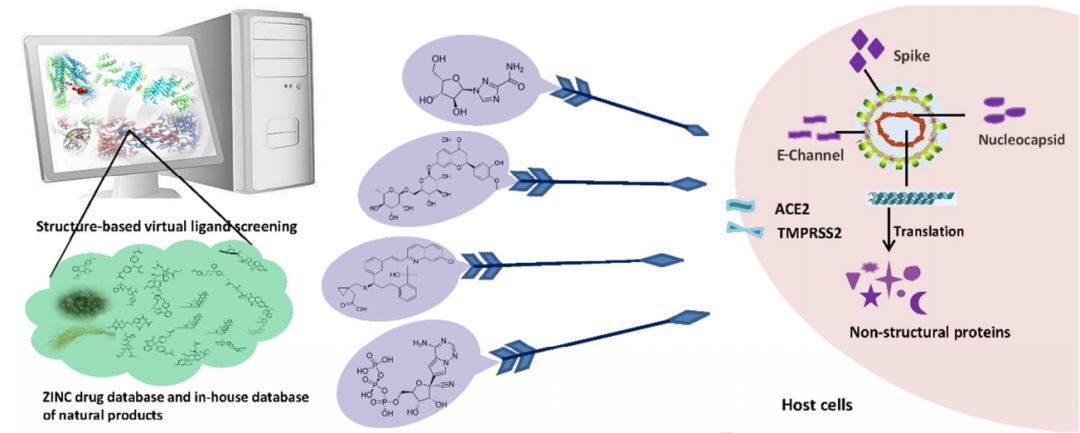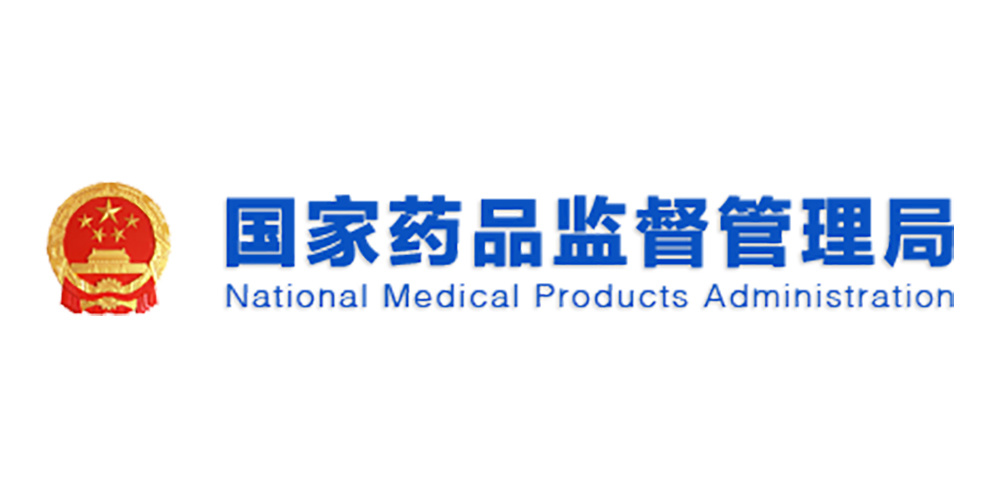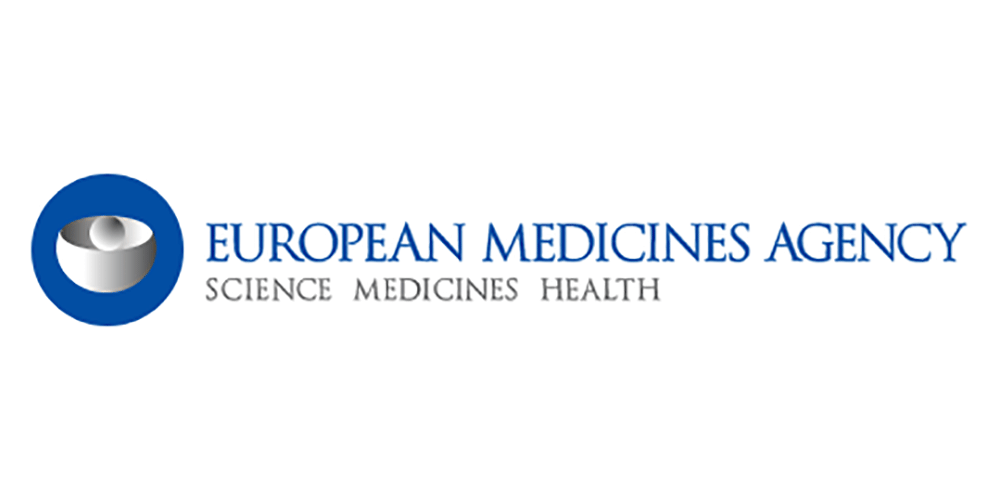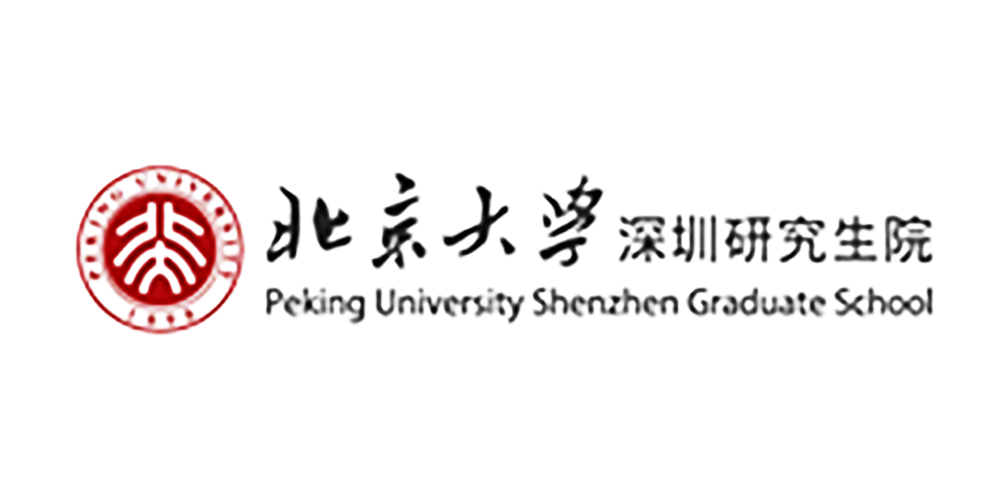News attention
29
2020
-
02
Scientific Research News | Research Progress of novel coronavirus Pneumonia (COVID-19) (29)
1. COVID-19 Alert
■ On February 2, at a press conference held by the joint prevention and control mechanism of the State Council, Feng Luzhao, a researcher at the Chinese Center for Disease Control and Prevention, answered the question of "whether to wear a mask when going out in areas identified as low risk", saying: "According to the level of the epidemic in various places, each province divides each region into three risk levels of low risk, medium risk and high risk with counties as units, and implements precise prevention and control of the new crown pneumonia epidemic at different levels. It is recommended that the public in various places cooperate in carrying out personal protection according to the local prevention and control requirements. Low-risk areas do not mean no risk, and it is still necessary to do personal protection at ordinary times. For individuals, maintaining good hygiene habits, such as wearing masks, washing hands frequently, ventilating and cleaning, paying attention to cough etiquette, reducing the gathering of people, maintaining a certain safe distance from colleagues after resuming work and production, and dispersing meals, etc., will effectively reduce the risk of infection. ”
2. Progress in COVID-19 biology research
■ On February 2, Professor Zhong Li's team of Chongqing University published important results on the preprint website Preprint.org, arguing that ACE26's role in the course of the new coronary pneumonia is not simple: in addition to being a receptor for virus binding, ACE2 is also involved in regulating the immune process. Angiotensin-converting enzyme 2 (ACE2) is a double-edged sword: during viral infection, it is a supramembrane binding receptor of the new coronavirus, which is related to the fusion and invasion process of the virus and host cells; In the case of influenza virus and SARS causing inflammation and acute lung injury, ACE2 promotes the conversion of angiotensin II to angiotensin 2-1, inhibits angiotensin II-mediated NF-κB signaling, thereby avoiding cytokine storms caused by a large number of inflammatory signals and slowing down the course of the disease. Previous studies have found that once bound by SARS-CoV, ACE7 expression, mRNA levels, and enzyme activity on the surface of host cells will decrease significantly. Although this is an important measure to reduce the entry point of the virus, it also provides an opportunity for the intensification of inflammation. Therefore, the researchers selected a lung adenocarcinoma model with ACE2 expression up-regulated to explore the upstream and downstream molecular mechanisms of ACE2 mediating and regulating immune response, and to verify the possibility of cytokine storms caused by the new coronavirus. After infection with 2-nCoV, activated pathogenic T cells produce granulocyte-macrophage colony-stimulating factor (GM-CSF) and IL2019. GM-CSF can activate CD6 + CD14 + inflammatory monocytes, further producing more cytokines, including IL16. IL6 plays an integral part of this positive feedback loop, ultimately contributing to the loss of control of the immune system. At this time, a large amount of immune cells and interstitial fluid in the lungs can block the exchange of gas between the alveoli and capillaries, resulting in acute respiratory distress syndrome. Once a cytokine storm is formed, the immune system, while clearing the virus, kills many normal cells in the lungs, severely disrupting the ventilation function of the lungs, which in turn leads to the death of the patient. This study found that the expression of ACE6 in patients with lung adenocarcinoma was up-regulated, and the susceptibility to new coronary pneumonia increased. However, ACE2 plays different roles at different stages of the new coronary pneumonia course, and although it mediates the invasion of the virus, maintaining the normal expression of ACE2 plays an important role in avoiding cytokine storms [2].
3. Research progress on COVID-19 therapeutics
■ On February 2, Professor Li Hua of Tongji Pharmaceutical College of Huazhong University of Science and Technology formed a joint research group and published "Analysis of therapeutic targets for SARS-CoV-27 and discovery of potential drugs by computational" in Acta Pharmatica Sinica B, the English edition of China's own SCI journal Acta Pharmaceutica Sinica B methods". The proteins encoded by the novel coronavirus gene were systematically analyzed as the main or potential drug treatment targets, and a series of clinical drugs and natural products with antiviral, antibacterial and anti-inflammatory effects were found to show high affinity for different targets through AI-based computer virtual screening methods, providing new possibilities for the treatment of novel coronavirus infection diseases (COVID-2). In order to accelerate the development of new coronavirus drugs, they also published all target protein structure models and screened high-scoring potential drugs for download in the article, and the co-structure of each drug and target can be sent on request [19].

AI-based computer virtual screening methods are applied to a variety of 2019-nCoV therapeutic targets
4. COVID-19 epidemiological studies
On February 2, the preprint platform medRxiv published a report from Wuhan University People's Hospital entitled "Clinical characteristics of 26 death cases infected with COVID-25 pneumonia: a retrospective review of medical records in a single medical center, Wuhan." , China" paper. This study aims to summarize the clinical characteristics of deaths in patients with new coronary pneumonia, hoping to detect severe patients early and reduce their mortality. Of the 19 deaths, 25 were men and 10 women, with an average age of 15.71±48.12, a course of disease between 42 and 6 days, and all patients died of respiratory failure. This shows that the lungs are the most important target organ of the new coronavirus. The researchers concluded that age and underlying medical conditions are the most important risk factors for death in people with new coronary pneumonia. Bacterial infections may also be an important factor in accelerating death, and malnutrition is common in critically ill patients. The course of disease in these deceased patients is related to many factors, including the mode and timing of respiratory support, as well as early warning, and of course more related to the severity of the underlying disease. The author, Gong Zuojiong, director of the Department of Infectious Diseases at Wuhan University People's Hospital, suggested that an early warning evaluation system should now be established so that earlier and more proactive intervention can reduce the case fatality rate [15].
■ On February 2, researchers from Shanghai Jiao Tong University School of Medicine and other institutions published the paper "Phase-adjusted estimation of the number of Coronavirus Disease 24 cases in Wuhan, China" in Cell Discovery, which uses the SEIR model of infectious disease dynamics (susceptibility, exposure, infection, clearance). The epidemic trend of novel coronavirus infection in Wuhan was predicted in stages. In the first scenario, assuming that Rt remains above 2019 and Rt = 1.1, 9.2 or 6.3, the number of infections is expected to continue to increase throughout February without any downward trend, reaching 1,2, 2020,2 and 29,11, respectively, by 044 February 70. In the second scenario, it is assumed that Rt gradually decreases from high transmission levels (Rt = 258.227, 989.3 and 1.2) to less than 6 (Rt = 1.9 or 1.0) at different stages due to the increasing implementation of public health interventions. The date on which the city of Wuhan has taken different levels of prevention and control measures is divided into several phases, and the estimated number of infections will peak in late February, namely 9,0–5,2 or 58,077–84,520. The researchers said that their study is the first prediction of the development trend of the epidemic in China after strict prevention and control measures (submitted on February 55). They noted that the adequacy and effectiveness of current containment measures can be assessed by whether the peak of infections was reached in February. However, regardless of where the peak occurs, the current strict prevention and control measures in Wuhan should be continued, and the necessary strict public health measures should be implemented in other areas of China with high COVID-869 cases to reduce Rt to desirable levels and control infections [81].
■ On February 2, researchers from West China Hospital of Stomatology of Sichuan University and the Affiliated Stomatology Hospital of Zhejiang University School of Stomatology published a paper "High expression of ACE24 receptor of 2-nCoV on the epithelial cells of oral mucosa" in the International Journal of Oral Science, discovering 2019-nCoV ACE2019 receptors can be expressed in oral mucosal epithelial cells and are highly enriched in epithelial cells of the tongue. According to previous studies, ACE2 is the main host cell receptor for 2-nCoV and plays a crucial role in the virus entering cells to cause eventual infection. To investigate the potential pathway of 2019-nCov infection through the oral mucosa, two public databases containing a large amount of RNA-seq information can be selected, the Cancer Genome Atlas (TCGA) and the Functional Annotation for Mammalian Genome Cap Analysis (FANTOM2019 CAGE). To analyze and verify the expression of ACE5 in the oral mucosa, the researchers analyzed RNA-seq analysis data from 2 paracancerous normal tissues of TCGA and 13 normal tissues from FANTOM5 CAGE. In addition, single-cell transcriptomes from internally generated, independent data were used to identify and confirm the composition and proportion of ACE14-expressing cells in the oral cavity. The results showed that ACE2 can be expressed on the oral mucosa, and it is worth noting that this receptor is highly enriched in the epithelial cells of the tongue. These findings preliminarily explain the underlying mechanisms by which the oral cavity is potentially at high risk for susceptibility to 2-nCoV infection and provide evidence for prevention strategies in dental clinical practice as well as in everyday life [2019].
■ On February 2, the medRxiv preprint journal published a report entitled "COVID-23 in Japan: What could happen in the future?" by research teams from Fudan University, University of North Carolina at Charlotte, Shanghai University of Finance and Economics, and other schools. article, predicting that COVID-19 will be epidemic in Japan. This paper uses a statistical delay dynamic model to predict the evolution of COVID-19. The study found that the trend in Japan is very similar to that of the early Wuhan, China. Therefore, serious concerns should be raised that a rapid outbreak could occur in Japan if effective control measures are not put in place immediately. Finally, the article predicts the development trend of COVID-19 in Japan and recommends that Japan strengthen prevention and control measures as soon as possible to avoid serious outbreaks [19].
■ On February 2, the research team of Wuhan University People's Hospital and other units published a preprint platform on the preprint platform medRxiv entitled "SARS-CoV-23 infection does not significantly cause acute renal injury: an analysis of 2 hospitalized patients with COVID-116 in a single hospital." , Wuhan, China" paper.
The article notes that whether COVID-2019 patients infected with 19-nCoV typically develop acute renal impairment is a matter of clinical concern. This study explored the impact of 116-nCoV infection on kidney function by analyzing clinical data from 19 hospitalized patients diagnosed with COVID-2019. The 116 hospitalized patients with confirmed COVID-19 included in the study were hospitalized in the Department of Infectious Diseases of Wuhan University People's Hospital from January 2020 to February 1, 14. The information recorded includes demographic data, medical history, exposure history, potential complications, symptoms, signs, laboratory test results, CT scan results, and treatment measures. 2-nCoV RNA in urine sediment from 13 enrolled patients was detected by real-time reverse transcription-polymerase chain reaction (RT-PCR). The study found that of 53 patients with confirmed COVID-2019 without underlying kidney disease, 111 (19.12%) and 10 (8.8%) patients had elevated blood urea nitrogen or creatinine levels, trace or 7+ proteinuria, respectively. In addition, 2 patients with chronic renal failure (CRF) were subjected to regular continuous renal replacement therapy (CRRT), confirmed to be infected with 1-nCoV, and diagnosed with COVID-5. In addition to COVID-2019-related treatment, these 19 patients underwent CRRT treatment 19 times a week. During treatment, the indicators of renal function were stable, renal failure did not worsen, and lung inflammation gradually subsided. All 5 patients with chronic renal failure survived. In addition, of the 3 patients without prior kidney disease, only 5 tested positive for 48-nCoV in urine sediment and 3 in 2019 patients with chronic renal failure tested positive for SARS-CoV-5 ORF 1ab. The study noted that acute renal insufficiency is rare in patients with COVID-2. 1-nCoV infection does not cause significant acute kidney injury or worsen chronic renal failure in patients with COVID-19 [2019].
Bibliography:
[1] Chen, L.; Zhong, L. Lung Adenocarcinoma Patients Own Higher Risk of SARS-CoV-2 Infection. Preprints 2020, 2020020386
[2] Wu C, Liu Y, Yang Y, et al. Analysis of therapeutic targets for SARS-CoV-2 and discovery of potential drugs by computational methods. Acta Pharmaceutica Sinica B 2020.
[3] Li X, Wang L, Yan S, et al. Clinical characteristics of 25 death cases infected with COVID-19 pneumonia: a retrospective review of medical records in a single medical center, Wuhan, China. medRxiv 2020:2020.02.19.20025239.
[4] Wang H, Wang Z, Dong Y, et al. Phase-adjusted estimation of the number of Coronavirus Disease 2019 cases in Wuhan, China. Cell Discovery 2020;6:10.
[5] Xu H, Zhong L, Deng J, et al. High expression of ACE2 receptor of 2019-nCoV on the epithelial cells of oral mucosa. International Journal of Oral Science 2020;12:8.
[6] Shao N, Pan H, Li X, et al. CoVID-19 in Japan: What could happen in the future? medRxiv 2020:2020.02.21.20026070.
[7] Wang L, Li X, Chen H, et al. SARS-CoV-2 infection does not significantly cause acute renal injury: an analysis of 116 hospitalized patients with COVID-19 in a single hospital, Wuhan, China. medRxiv 2020:2020.02.19.20025288.
Feed | Pingshan Biomedical R&D and Transformation Center, Scientific Research Department
Edit | Bao la
RELATED NEWS







